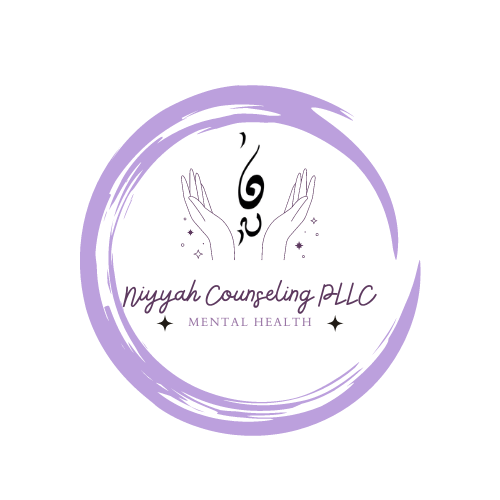Brain Fog and Anxiety by Kara Bradford, LMSW, LCDC
What is brain fog?
Brain fog is when you have difficulty concentrating or forming clear thoughts. Much like driving a car in the fog, you can only see a few feet in front of your car and cannot fully prepare for what lies ahead. Although brain fog is commonly experienced, it is not a condition on it’s own, it’s usually a symptom of something else.
How is brain fog associated with anxiety?
Brain fog is usually a symptom of ongoing, unmanaged, anxiety. When you’re continuously anxious or worried about so many things going on in your life, the overload of thoughts does not allow the mind to rest. Though you may not be actively having anxious thoughts, they can remain in the subconscious and continue to play in the background, causing physical symptoms such as upset stomach, increased heart rate, and fatigue.
5 tips for addressing brain fog from anxiety:
Identify the source of anxiety
In recent times–especially during the pandemic–the source of anxiety may be easily identified. Maybe you have a huge work project that you are now having to work on from your home office and you have your entire family home in quarantine due to a positive case in the family. However, in some cases, it could be more difficult to identify the source of anxiety if you have a long history of recurring anxiety. In this case, you should try speaking with a mental health professional to help identify the source.
Make sure to get enough sleep
Not getting enough sleep in itself can make it difficult to concentrate, whether you’re dealing with anxiety or not–anyone with children can tell you this is true! Honestly, a few nights of not getting enough sleep may make you irritable or sleepy during the day, but will likely not have a long-lasting impact on your mental health. Consistently not getting enough sleep can cause a variety of physical health symptoms, but also have a long-lasting impact on your mental health. Everyone should get at least 7 hours of sleep per night, but most studies conclude that 9 hours of sleep per night is optimal.
Set firm boundaries
Once you have identified the source of your anxiety, set firm boundaries to protect yourself from feeling anxious. A few examples of this may look like: only working a set number of hours extra per day, no more and no less; asking your partner or spouse for help with specific tasks around the house; limiting yourself a set amount of time to scroll through social media.
Create protective factors
To help yourself hold firm to boundaries, create safeguards to help you. Some examples of this from boundary examples before might look like: setting a daily alarm on your phone labeled “a good days’ work!” or something to remind you that you have put in plenty of extra time for your work project; give your partner or spouse specific things that they can do daily such as unload the dishwasher, move laundry to the dryer if the washer is complete, don’t expect them to read your mind; set parental controls on your phone to block access to social media at a certain time or when you have reached a certain amount of time per day.
Take a mental break
Taking a mental break could be going for a walk around the block, lying down for 15-20 minutes, or just closing your eyes for a few minutes. Another great option for taking a mental break is to meditate. If you have never meditated before, there are many free guided meditations out there to help you through it, or if you have a therapist already, have your therapist walk you through how to meditate in your next session.
